Market Share and Recent Statistics
As of the latest data, Uber holds a substantial lead in the rideshare market with a market share of approximately 76%, compared to Lyft's 24%. This gap has remained relatively stable over the past two years, showcasing Uber's strong foothold in the industry.
In response to Uber's grip on the market, Lyft is ramping up its advertising efforts, particularly at LAX. This strategic move is aimed at capturing a larger share of the lucrative airport market. LAX is one of the busiest airports in the world, serving over 88 million passengers annually, making it a prime location for rideshare services.









